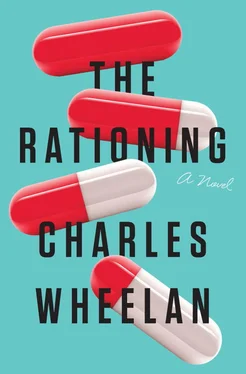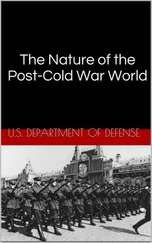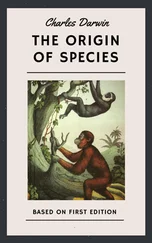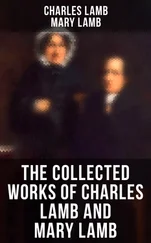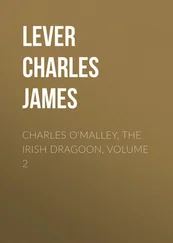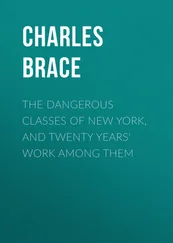“It’s a common virus,” Yun said, sliding his phone back into his jacket pocket. “That’s why nobody has studied it. There’s really nothing to study. It’s an innocuous virus, found almost everywhere.”
“Hardly innocuous,” Tie Guy said. This was why people did not like him; it was not just his outsized salary. He always had to be the contrarian. One minute he was arguing that Capellaviridae might not be the real killer, the next he was refuting someone who said the same thing.
“Yes, innocuous, usually,” Yun answered sharply. “This virus is everywhere. It’s as common as bread mold.”
“Obviously we’re dealing with a different strain,” Justman said.
“Not that we can tell,” Yun said. He was starting to look a little flustered. More perspiration had gathered on his upper lip. “Here’s the thing: My people in the lab tested themselves, and most of them are carrying the virus. On a whim, they tested a sample of soldiers at Fort Gail, and most of them are carrying it, too.”
“They’re all going to get sick?” the Indian-American woman asked.
“No, I don’t think so,” Yun replied. “My best guess is that this virus is innocuous for most people, most of the time. And now, for some reason, for some people, it’s not.”
“That’s a big leap,” Justman said. “It’s more logical that we’re dealing with a different strain.”
“Hold on,” Yun said. “I wasn’t finished. The viruses are identical—from the victims and from my people in the lab. Indistinguishable DNA. But it gets weirder. We went back and looked at some old tissue samples that we have in the lab, ten or twenty years old. Most of them show traces of the virus, too. If I were to guess, humans have been carrying this virus around with no adverse effects for thousands of years.”
“That doesn’t make any sense,” Justman said. A silence settled over the conference room. There was no panic, more of a puzzle. After all, Dormigen was there to handle the problem, whatever that problem might eventually shape up to be. This group was used to handling outbreaks: the flu epidemic of 2021, the Sam’s Burrito E. coli contamination, and many more exotic things along the way. The formula was the same: treat the victims, find the source. It was always just a matter of time, and Dormigen could buy whatever time they needed.
Justman started thinking out loud: “We have a virus that is entirely innocuous, has been for decades, until it’s not.”
“A lurking virus?” a young woman offered. Her tone suggested uncertainty, but that was likely out of deference to those around the table rather than due to a true lack of knowledge. She was a staff epidemiologist, barely out of graduate school. In this case, youth was an asset. Most of the faces around the table were blank. She continued with more confidence. “I studied them in graduate school, just a bit. They are symbiotic with the host, then perhaps there is a trigger of some sort and they become virulent.”
Yun gave a strange head nod, not a clear yes or a no, suggesting that he was familiar with lurking viruses while simultaneously discounting the theory.
“A lurking virus?” Justman asked.
“The pattern looks just like what we’re seeing,” the young epidemiologist continued. “An innocuous pathogen turns deadly, then, even more puzzling, they sometimes turn innocuous again.”
Justman was clearly nonplussed that he had never heard of a lurking virus before. “In humans?” he asked skeptically.
“No, no,” Yun said. “Not even in rodents. Only reptiles, as far as I know. Isn’t that right?” he asked, looking at the young epidemiologist.
“I just read one paper in graduate school. It was salamanders or frogs. But the pattern looked just like what we’re seeing,” she said.
“What pattern?” Tie Guy interjected, prompting eye rolls around the table. “If we’ve established a pattern, I missed it. We do not have any sense of what’s going on.”
Justman looked at his watch. “Okay, we’ve run over time. We need to gather a lot more data. I think we can agree on that. In the meantime, we should notify the folks over at HHS that we are likely to see a higher than average demand for Dormigen in the coming months. We should probably also learn more about these lurking viruses.”
The meeting broke up, and two things were set in motion. A formal notification was sent to the Department of Health and Human Services notifying the department of a projected spike in Dormigen demand—a so-called “Kaufman notice,” named for the Congresswoman who wrote the bill requiring such notice. And the epidemiologists on the task force made some calls to inquire about the lurking virus. They called some people who called some people who called me.
AL GOYAL, THE CHAIRMAN OF CENTERA BIOMEDICAL GROUP, was meeting with a group of Brazilian suppliers in the elegant sitting area of his office when his CFO appeared at the office door. “Al, do you have a minute?” the CFO asked.
“We’re just wrapping up here,” Goyal said.
“If you could just step out here for a second,” the CFO insisted. The Swedish CFO of Centera Biomedical was not a pushy guy, and because of that, Goyal’s impulse at that moment was panic. Perhaps there was a family emergency. He excused himself and walked briskly into the corridor with Swensen.
“We just got a call from Health and Human Services,” the CFO reported. He stopped, as if that were all Goyal needed to know.
“Yes?” Goyal asked, perplexed.
“Health and Human Services,” Swensen repeated. “They would like to exercise their option. The Dormigen. We owe them twenty million doses.”
“Jesus Christ,” Goyal muttered. “Why?” he asked.
“Why what?”
“Why do they want it?”
“I don’t know,” Swensen answered, growing more flustered. “They don’t have to tell us that. It’s a simple contract. If they exercise the option, we owe them up to twenty million doses.”
“How much are they asking for?”
“All twenty million. Some of their stock was destroyed in a fire.”
“Why do they need so much?” Goyal asked.
“I just told you, I don’t know,” Swensen said angrily. “It’s not really important.”
“We don’t have twenty million doses,” Goyal said, panic creeping into his voice.
“Well, we do. We do—but it’s old,” Swensen said.
There was some disagreement at trial over the balance of the conversation. Since Goyal and Swensen each blamed the other for hatching the original fraud, they also disagreed about the attempted cover-up. For the American public, it was a distinction without a difference. (The jury found likewise.) As I noted earlier, and most of the world now knows, Centera had burnished its balance sheet by keeping the old Dormigen, rather than destroying the stock and creating a new batch as the contract with the U.S. government required. Centera had more than twenty million doses of Dormigen in its warehouses, [4] Because Centera was trying to reduce costs by postponing the destruction of expired doses, the actual number was closer to forty million.
but every one of them was past its date of expiration.
“Have you tested the effectiveness of what we have?” Goyal asked.
“I was waiting for your permission,” the CFO answered. Centera policy had explicitly forbidden any testing of the Dormigen shelf life. If the drug proved effective for longer than six months, or could be reformulated to last longer, then Centera could no longer charge HHS for producing and destroying the drug every six months. More knowledge might mean lower profits.
“Do it now. Don’t tell the lab why we need to know,” Goyal instructed.
Читать дальше
